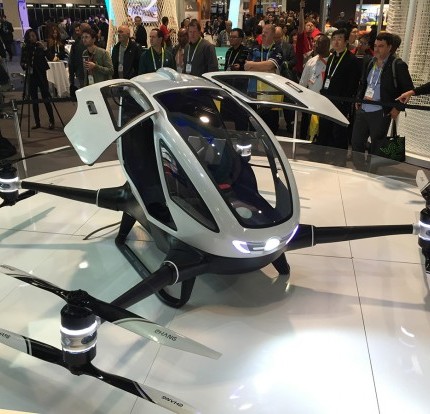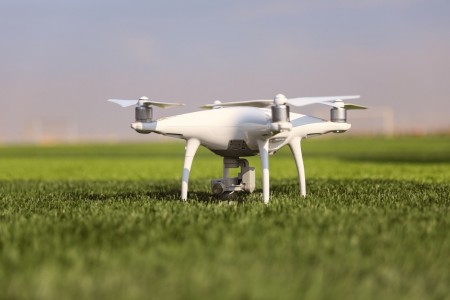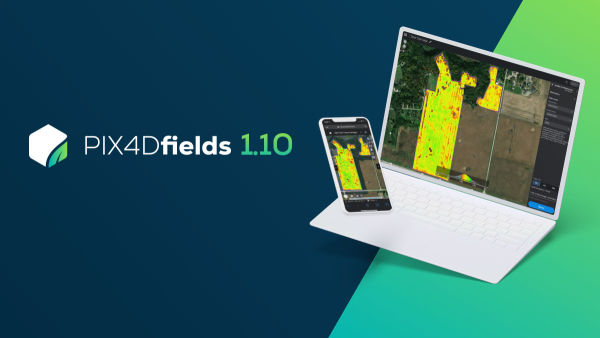
Oil and gas drones have many applications. They can be used to protect pipelines by visually monitoring perimeters and detecting natural or external threats. Drones are useful in monitoring the pipeline perimeter, preventing blazes, and reducing methane gas emissions. Drones can also alert a safety committee to an emergency. Listed below are some of the most common uses of oil and gas drones.
Reduce methane emission
A new drone technology used for monitoring methane emissions can reduce methane gas emissions by up to 90% Laser beam sensors are used to fly drones over an area suspected of methane emissions and beam a laser beam onto the area. The laser beam is then reflected by the surface, and methane is detected when some of it is absorbed. The OPLS then analyzes the leaks.
Improves safety
Drones allow for safer access to hazardous areas and can be used to monitor and inspect assets. This reduces the risks of employees being sick or injured, as well insurance costs and lost productivity. Drones' low cost makes them viable for oil and natural gas companies. Drones are capable of performing multiple inspections of oil- and gas facilities. This allows them to better plan maintenance and monitor their assets' health.

Prevents dangerous fires
U.S. Department of Interior used an infrared camera-equipped drone to locate a fire in Amazon rainforest. Infrared cameras were used to identify the fire and save firefighters $50 million. Although drones shouldn't be flown near manned aircrafts, they can be used to monitor sensitive fires. The U.S. government is cautious about drones being used this way.
Improves productivity
Drones have been a mainstay in the oil and energy industry. Companies can now gather crucial information about potential wells by using drones. Drones have the ability to collect topographical data and provide information about access routes and building materials. These drones are useful for rescue missions. They provide visuals in dangerous areas and can help determine the best way to reach workers.
Reduces downtime
Companies are discovering new uses for drones as the industry expands. For example, Chevron has used drones for internal equipment inspection, earthworks mapping, and project progress monitoring. Flare stack and oil rig inspections were two other early uses for drones. Drones help reduce personnel downtime, while also completing inspections. They are also capable of monitoring the health of the surroundings.

FAQ
Can I fly my drone within my local park
Yes, you can fly drones at parks all around the world. Due to safety concerns, certain countries don't allow you to fly drones in parks. Our list contains places where drones are legal to fly for enjoyment.
Which drone is best for beginners?
The DJI Phantom 2 Vision+ is a popular beginner drone. This model comes equipped with a 4K camera, which allows you to take high-quality aerial photos and videos. This drone is easy to navigate thanks to its GPS system.
Are drones allowed on public events?
The rules are not required for drone flying. If you want to fly your drone in public events like parades, festivals, concerts, etc., you must get permission from the event organizers.
Is Drones Prohibited?
The FAA has banned drones from flying near airports, stadiums, sporting events, nuclear power plants, hospitals, prisons, and other restricted areas. They do allow drones to fly at night with GPS technology.
Can I fly my drone indoors?
Yes, you can fly your drone indoors. It is important to make sure there are no hazards or obstacles in your home. For instance, avoid flying near windows and doors, heating vents, heating units, air conditioning units, electrical outlets or water pipes.
What US states do drones are legal in?
Legally, you can operate a drone to perform hobby tasks. The Federal Aviation Administration (FAA), established guidelines that allow individuals to fly small unmanned aircraft systems. Before they can be flown, these UASs need to be registered with FAA. If certain conditions are met the FAA will allow commercial operators to fly these drones.
Is it safe and legal to fly a drone when driving?
Driving a drone is dangerous, as it could cause an accident or crash into another vehicle. Additionally, you may hit pedestrians or animals. You could also damage your car if you hit power lines, trees, or other buildings.
Statistics
- According to Indeed, a drone pilot gets paid $25.73 per hour on average in the US. (dronesgator.com)
- Research and Markets predict a growth rate of 51.1% over the next five years. (thedroneu.com)
- According to ZipRecruiter, the minimum hourly wage of drone pilots is $20. (thedroneu.com)
External Links
How To
How to Fly Drones for Beginners
A drone refers to a remote-controlled aircraft designed for aerial photography, surveillance and scientific research. Drone technology has been around since World War II. DJI's Phantom series quadcopters were first commercially available in 2010. Many types of drones have been made available since then, from beginner-friendly models such as the Parrot AR Drone 2.0, to high-end multi-rotor craft such as the DJI Mavic Pro.
You can fly a drone in many different ways, including:
-
Remote control - This method uses a control device attached to your hand, which enables you to steer the drone through its flight path. There are two main types of controllers: On/Off switches (like a radio) and joysticks.
-
Manual Control - This method uses a smartphone app to remotely control the drone using GPS coordinates. The app will give you instructions.
-
Autonomous Flight: This means that the drone will take care of all the piloting. It basically flies autonomously without any human intervention. For the autonomous flight to occur, the drone must have a built-in camera and sensors capable of capturing images and data.
-
Triggered Flight – This method is very similar to manual flight. The pilot creates a route that the drone will follow until it reaches the destination. Once the programmed route has been completed, the drone returns to the base automatically.
-
Landing Gear - Some drones come equipped with landing gear that allows them to land safely if they lose power or run out of battery during flight.
-
Goggles - Some pilots wear goggles to protect themselves from debris while operating.
-
Camera - Some drones are equipped with cameras allowing you to capture photos and videos from above.
-
Obstacles – Some drones have obstacle avoidance systems that stop them from colliding with obstacles.
-
Speed – Some drones can reach speeds in excess of 40 mph.
-
Battery Life – Most drones will last 20 minutes to three hours depending on how powerful they are.
-
Range - Depending on the model, some drones can travel up to 30 miles away.
-
Power source - Not all drones can use an external power source. Others can run on internal batteries.
-
Weight - Some drones weigh less than 1 pound, whereas other models weigh up to 4 pounds.
-
Size - From small drones that can be carried in the palm of one's hand to larger drones that weigh over 50 pounds, drones come in a variety of sizes.
-
Price – All drones fall into a price category. These range from expensive models that cost thousands to affordable options that start at 100 dollars.